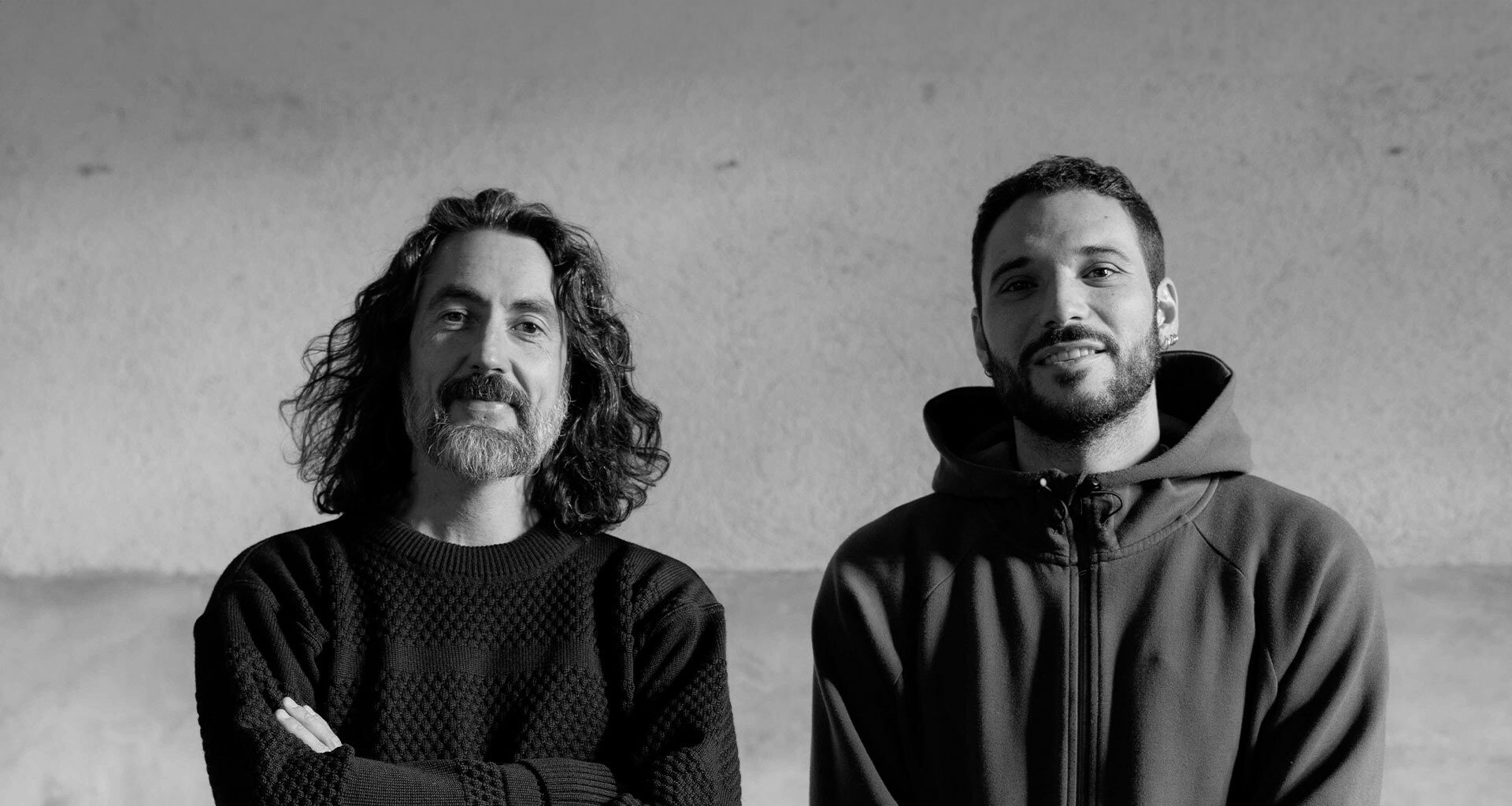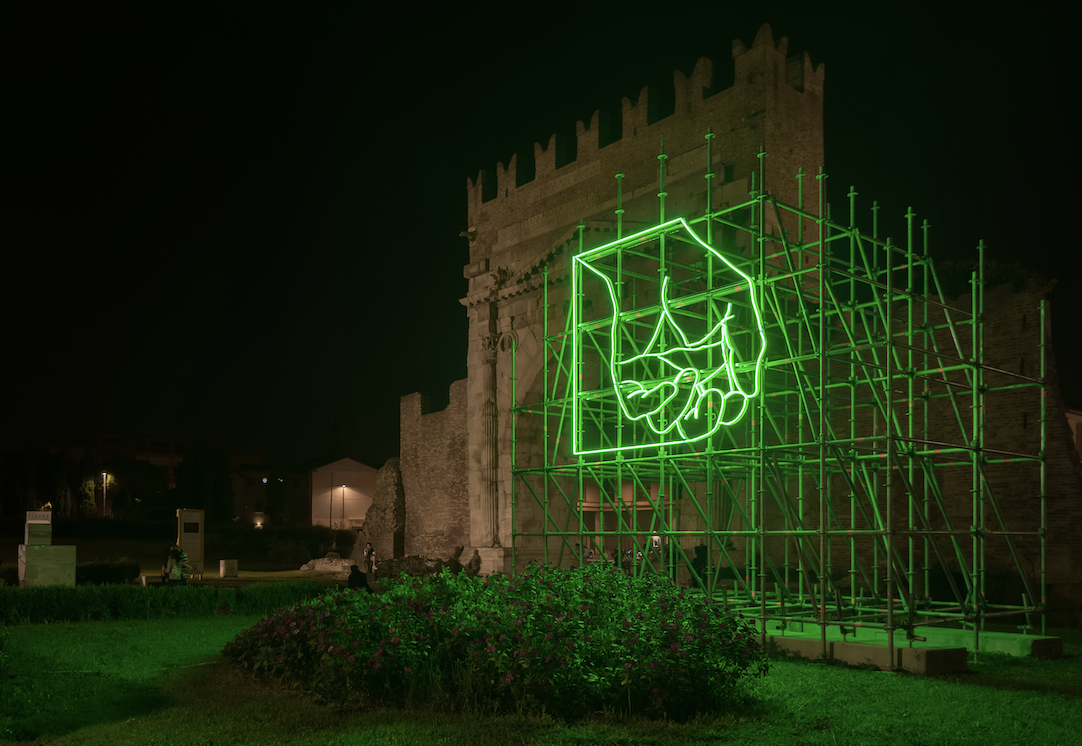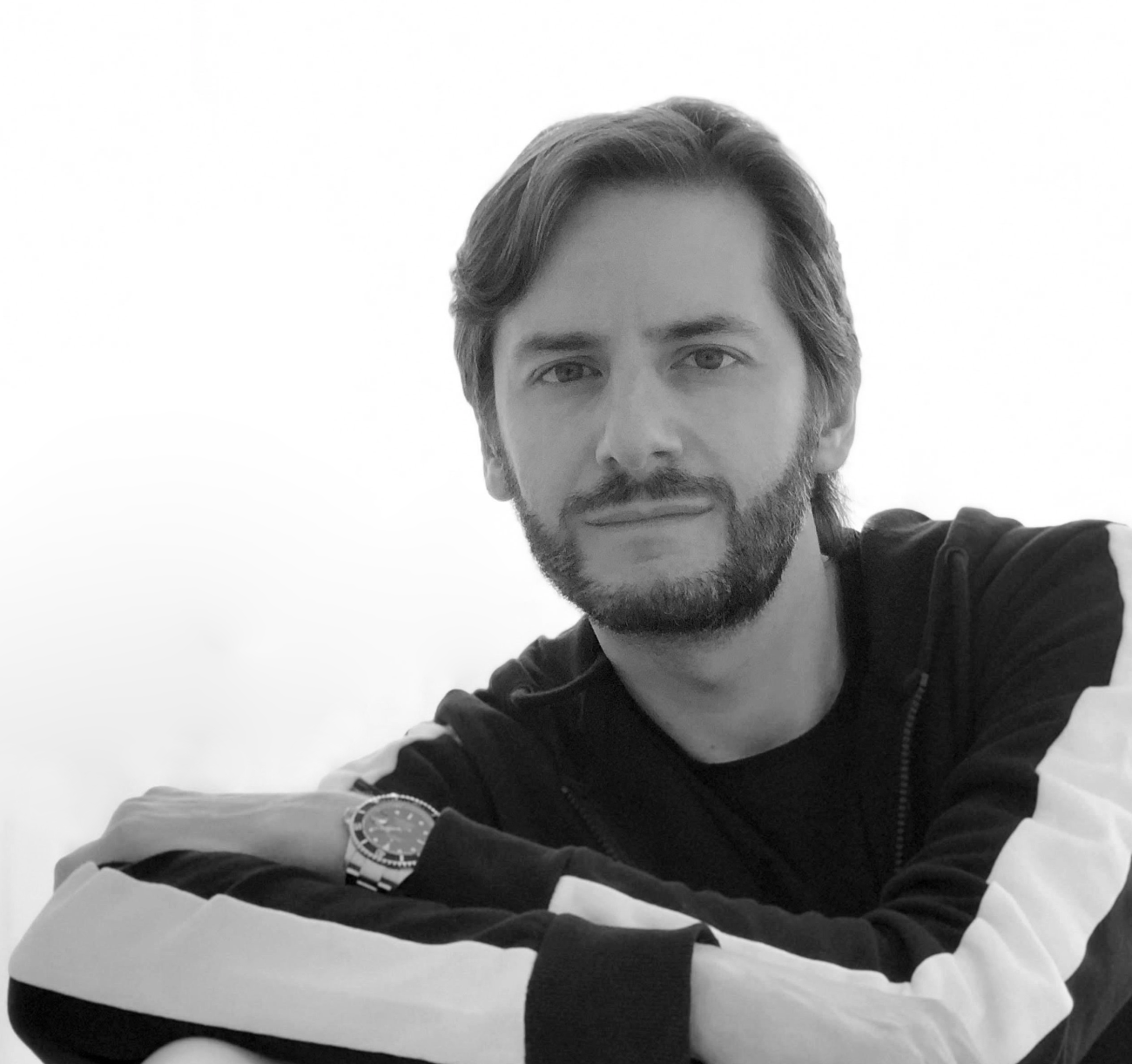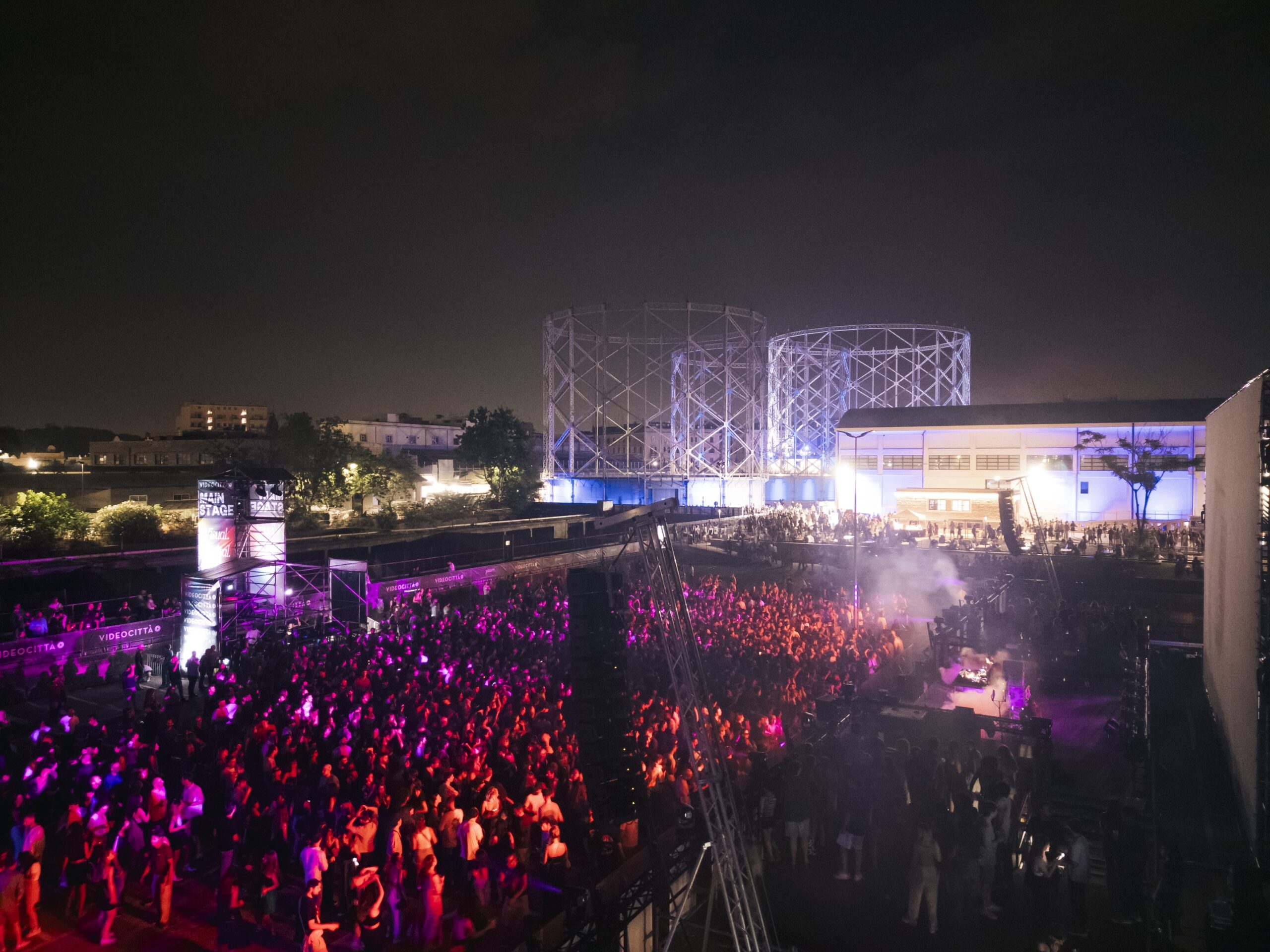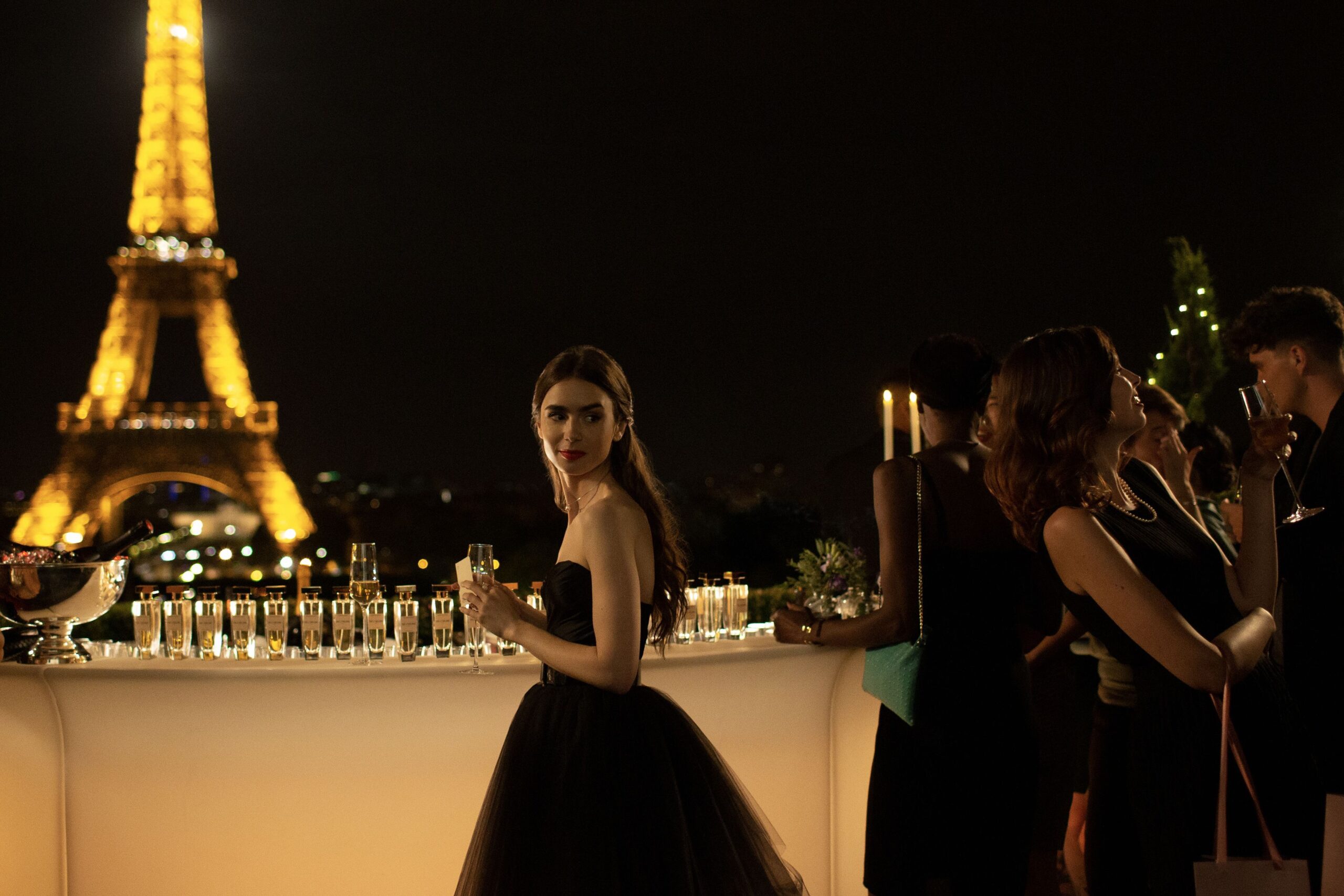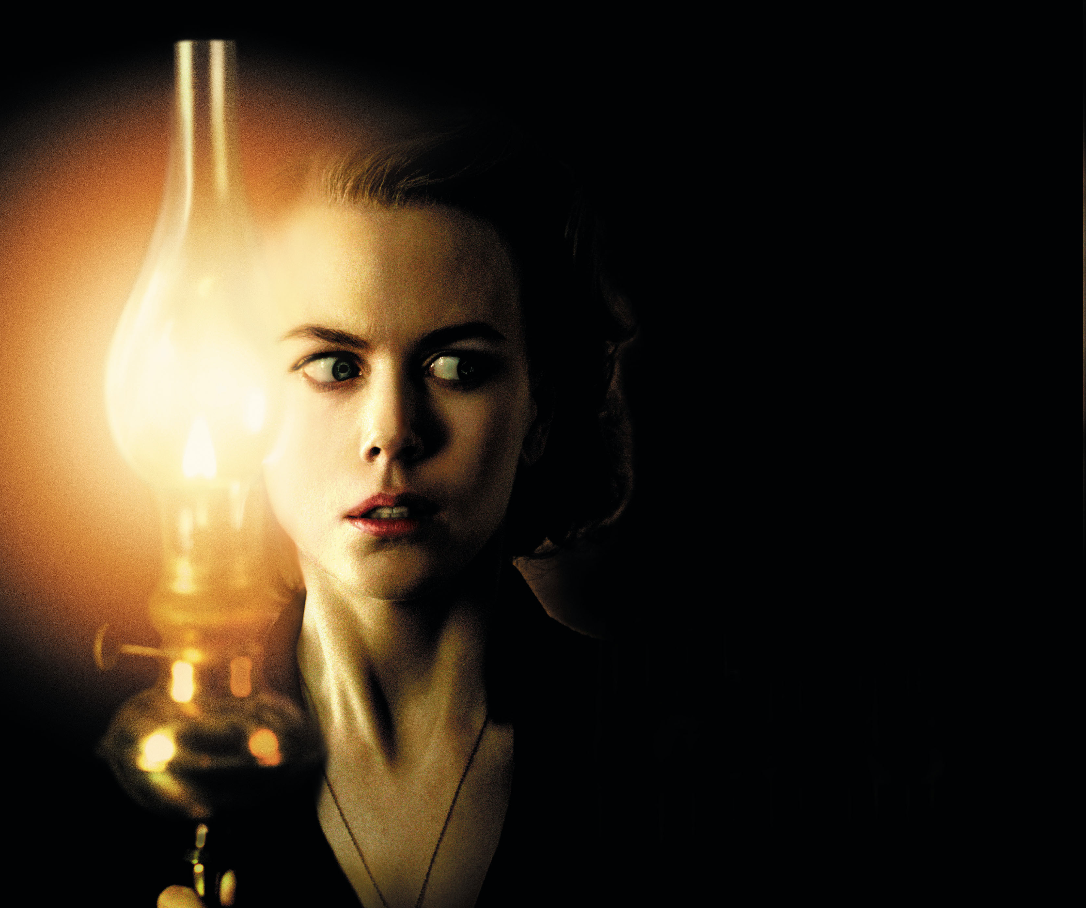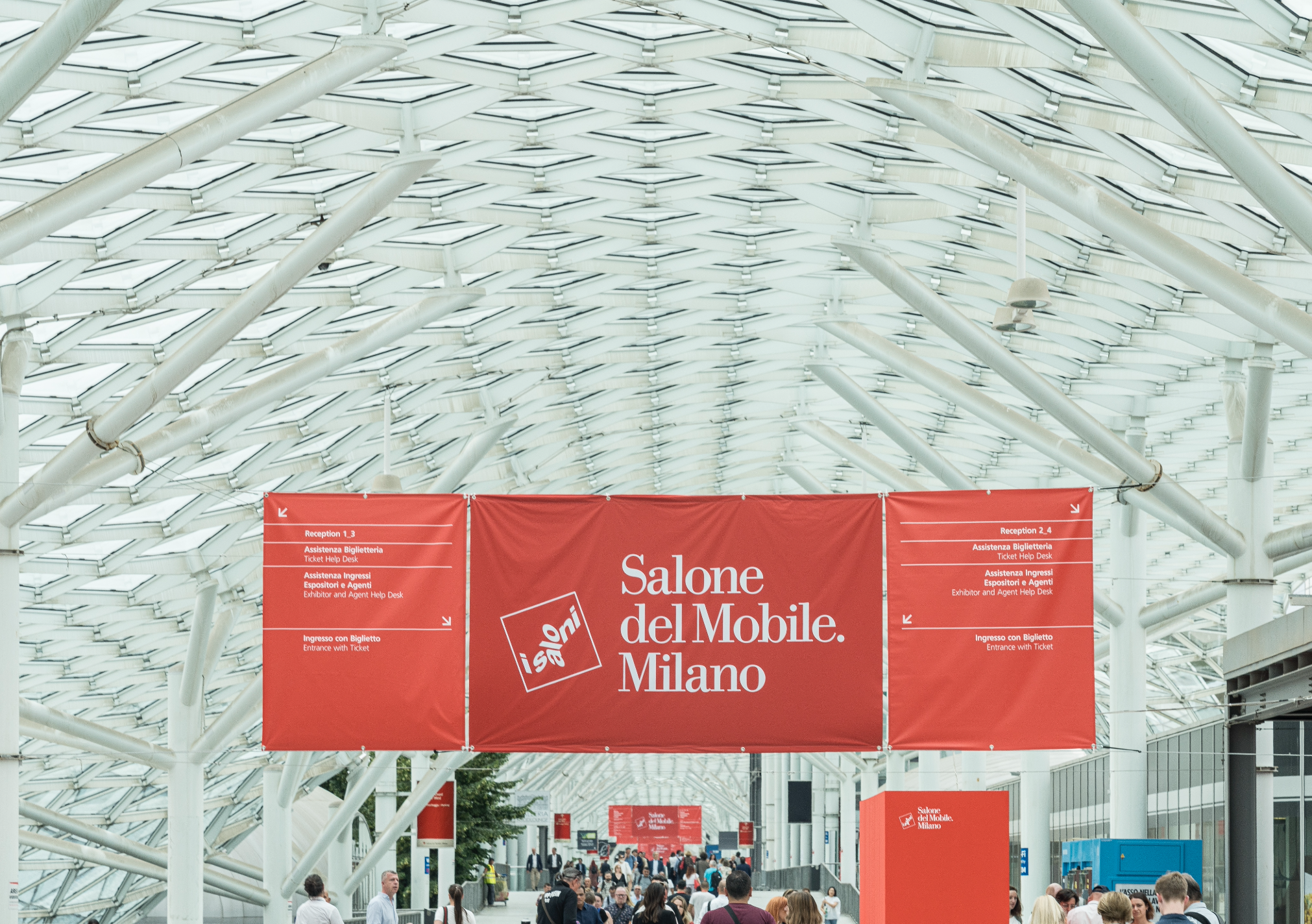Cezanne and Renoir at the Palazzo Reale in Milan, Van Gogh at the Revoltella Museum in Trieste, and Caravaggio at Palazzo Mazzetti in Asti are some of the latest exhibitions illuminated by Francesco Murano.
Born in Palma Campania, Murano is an architect and lighting designer dedicated to finding the perfect light for art exhibitions. We spoke with him to embark on a brief journey into a profession where the quality of light and meticulous planning is crucial for understanding an artistic artefact.
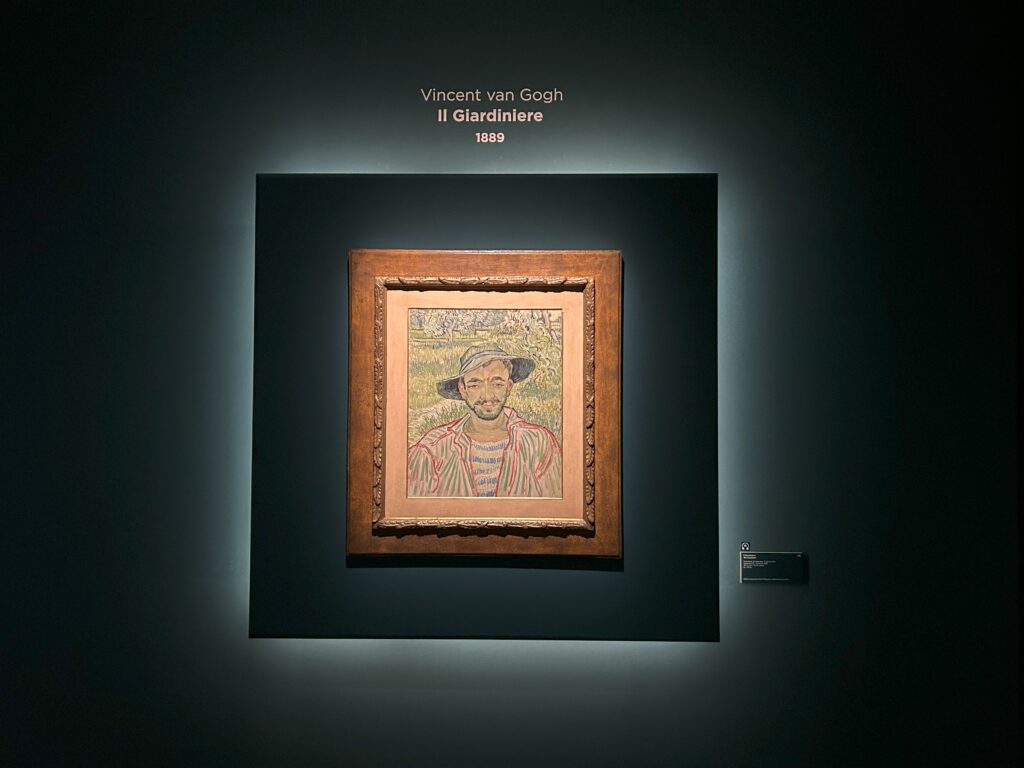
What is your background as a designer, and how did you start your career in lighting art?
«I’ve always worked with light. I started at fourteen, taking photographs and developing negatives at night in my bathroom. After graduating in Architectural Composition in Rome, I attended a master’s program at Domus Academy in Milan under my mentor Clino Clini Castelli. Then, I earned a PhD in industrial design with a thesis titled ‘The Figures of Light,’ offering an eidetic interpretation of the luminous phenomenon. I later focused on lamp design and eventually on museum lighting design. Since then, I’ve illuminated over two hundred major art exhibitions.»
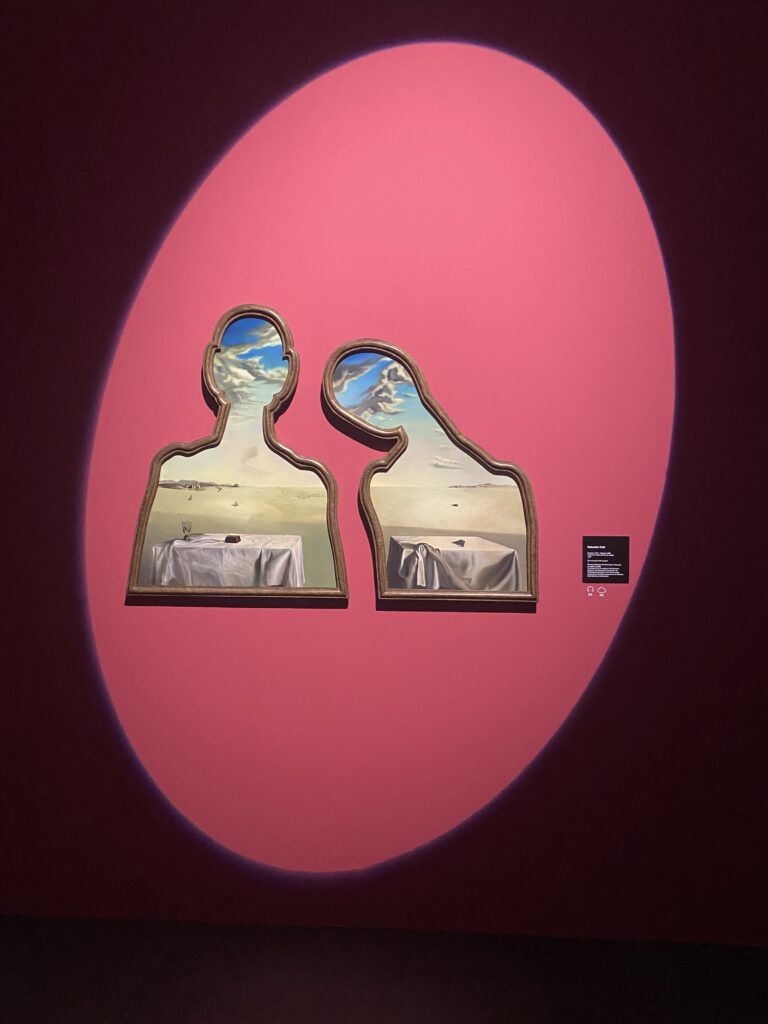
How has the transition from traditional light sources to LEDs revolutionized your design approach?
«It hasn’t influenced my design approach at all, but it has significantly impacted the project’s consistency throughout an exhibition’s duration. With halogen sources in the past, continuous replacements were necessary as the bulbs burned out quickly. Often, non-specialized staff handled these replacements, leading to misalignments and the use of low-quality bulbs. With LEDs, there are practically no replacements, allowing the exhibition to maintain the original design until the end.»
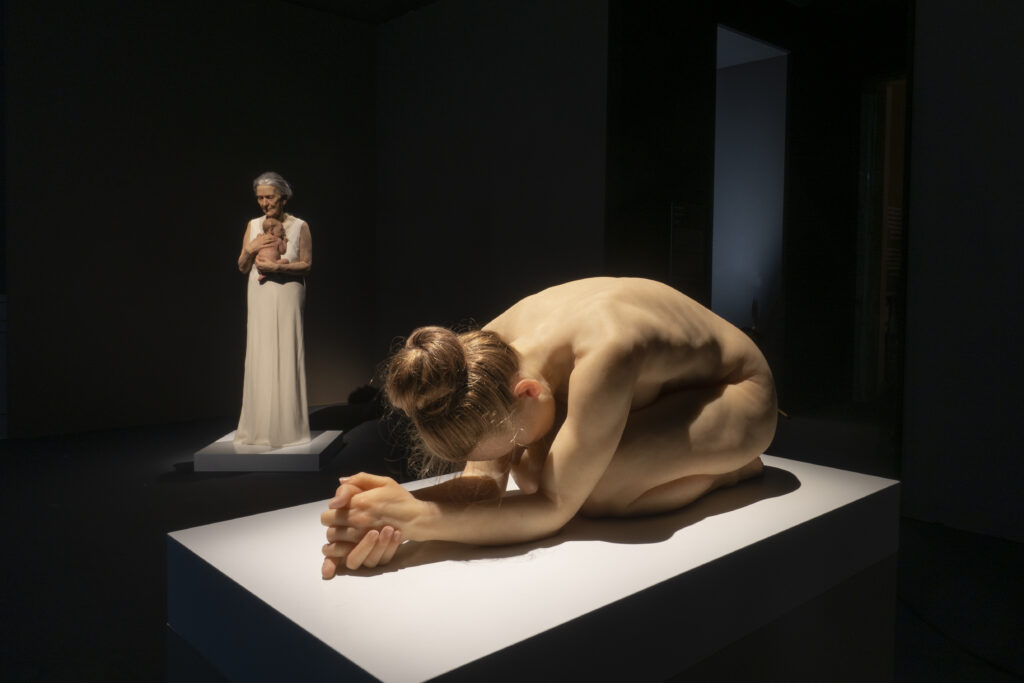
From Caravaggio to Andy Warhol, Monet to Picasso, you’ve illuminated works by vastly different artists and collaborated with numerous curators. How do the artwork and the curator’s critical perspective shape an exhibition’s guidelines?
«Lighting an artwork always involves some subjectivity because, especially for past artists, no one knows exactly how the author wanted the piece lit. I try to turn this subjectivity into interpretation by collaborating with the curator and aligning my work with the exhibition’s critical angle. Instead of giving examples, I suggest constants: one concerns colour temperature, the light’s tone, which is conventionally warmer for classical and ancient works and cooler for modern and contemporary pieces.»
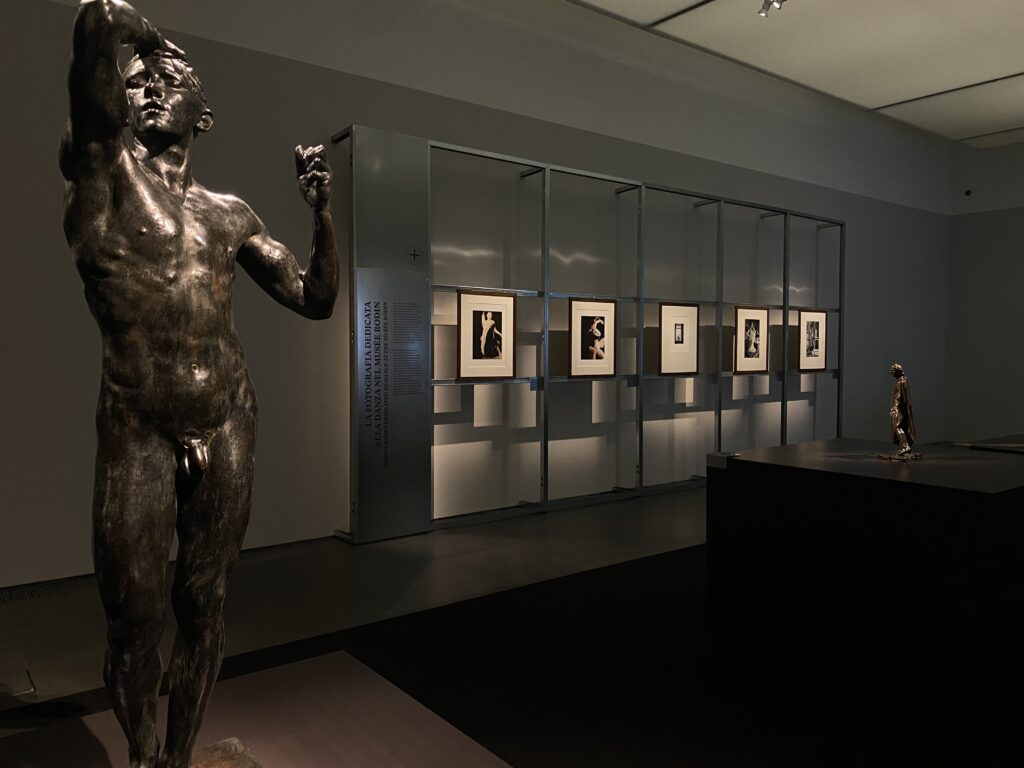
Over the years, you must have developed a personal method for designing art lighting. Can you summarize its main points and share some trade secrets?
«My method relies on continuous collaboration with designers, organizers, and curators. I always work closely with the teams during installations. I’ve been fortunate to learn from experienced professionals whose advice and suggestions have been invaluable.
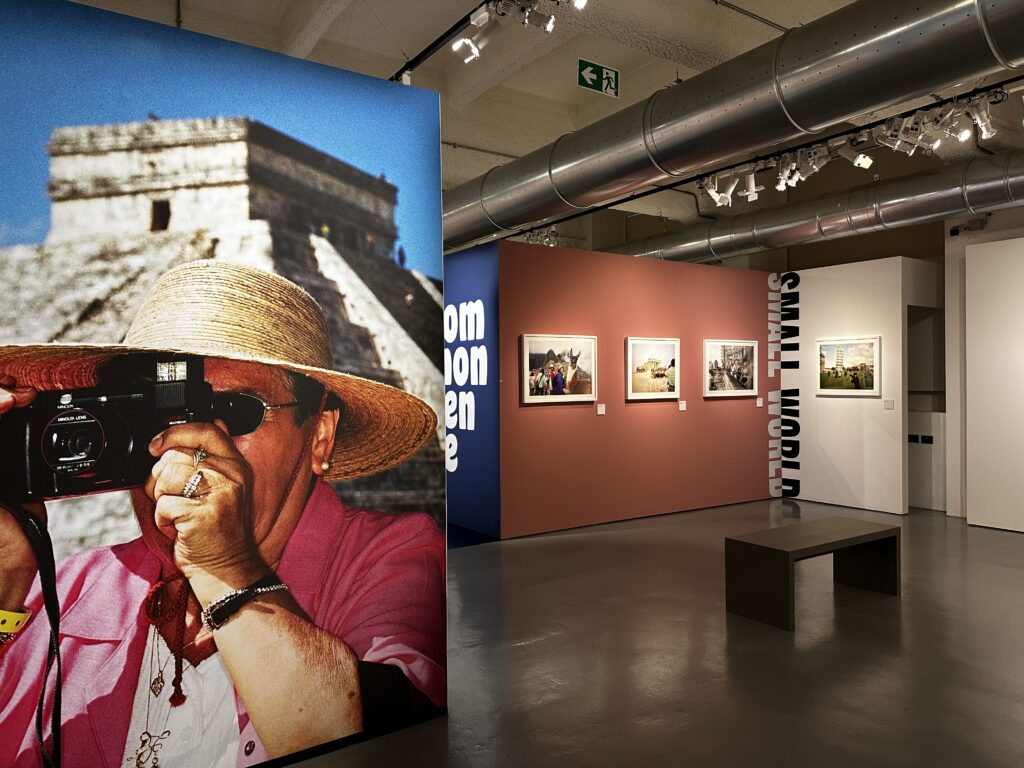
Rather than a trick, I’d offer some advice: be humble, learn from other’s mistakes and successes, and always remember that our job is to connect exhibition visitors with the creators of magnificent masterpieces through the aesthetic satisfaction that good and proper lighting can provide.»
